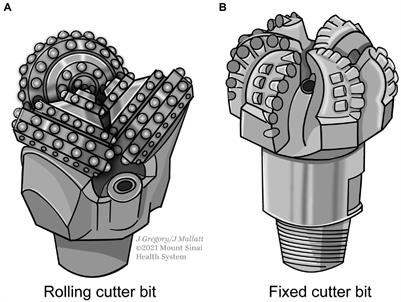Multiple Routes to Animal Consciousness: Constrained Multiple Realizability Rather Than Modest Identity Theory
The multiple realizability thesis (MRT) is an important philosophical and psychological concept.

It says any mental state can be constructed by multiple realizability (MR), meaning in many distinct ways from different physical parts.
The goal of our study is to find if the MRT applies to the mental state of consciousness among animals. Many things have been written about MRT but the ones most applicable to animal consciousness are by Shapiro in a 2004 book called The Mind Incarnate and by Polger and Shapiro in their 2016 work, The Multiple Realization Book. Standard, classical MRT has been around since 1967 and it says that a mental state can have very many different physical realizations, in a nearly unlimited manner. To the contrary, Shapiro’s book reasoned that physical, physiological, and historical constraints force mental traits to evolve in just a few, limited directions, which is seen as convergent evolution of the associated neural traits in different animal lineages. This is his mental constraint thesis (MCT). We examined the evolution of consciousness in animals and found that it arose independently in just three animal clades—vertebrates, arthropods, and cephalopod mollusks—all of which share many consciousness-associated traits: elaborate sensory organs and brains, high capacity for memory, directed mobility, etc.
These three constrained, convergently evolved routes to consciousness fit Shapiro’s original MCT. More recently, Polger and Shapiro’s book presented much the same thesis but changed its name from MCT to a “modest identity thesis.” Furthermore, they argued against almost all the classically offered instances of MR in animal evolution, especially against the evidence of neural plasticity and the differently expanded cerebrums of mammals and birds. In contrast, we argue that some of these classical examples of MR are indeed valid and that Shapiro’s original MCT correction of MRT is the better account of the evolution of consciousness in animal clades. And we still agree that constraints and convergence refute the standard, nearly unconstrained, MRT.
Read the full article at the original website
References:
